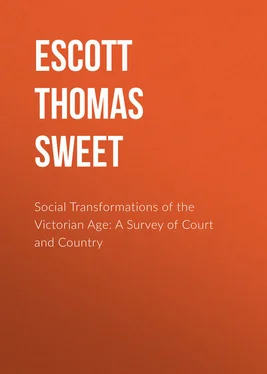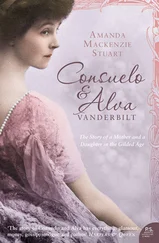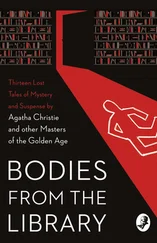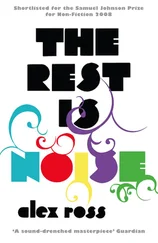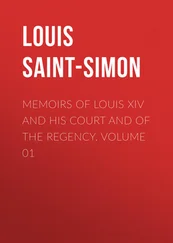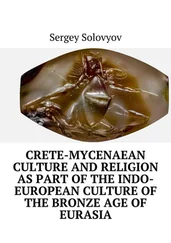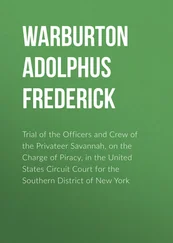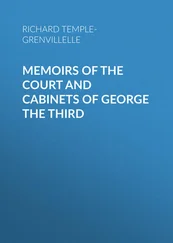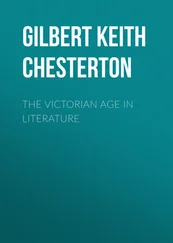had long been to all classes of Englishmen, not more in his native county than in London. Here, during the earlier Victorian seasons, he was conspicuous in Hyde Park, generally by his perfect demeanour of high breeding, specially by this blue coat and voluminous white neck investment. After him, slowly riding on a horse whose familiarity can best be expressed to readers of to-day by comparing it with that sometime attained by the white cob of Mr Lowe, Lord Sherbrooke, there appeared, in the blue coat and white trousers of the old régime, the figure before whom all heads instinctively uncovered, the great Duke of Wellington. On horseback, also, were two other men, second only in eminence to the Duke himself, Lord Palmerston, and Sir Robert Peel. The first still wore his years lightly and was as much at home in the saddle as in the House of Commons. Sir Robert Peel, still a remarkably handsome man, had the enthusiasm of the equestrian. Those who can recall the loose connection between Bishop Samuel Wilberforce and the steed which he bestrode, can form an idea of the ‘seat’ of the great Sir Robert.
Next to the representatives of the reigning family and to the statesmen who were the props of the young Queen’s throne, the attention of the Hyde Park crowd was fixed upon a little group of gentlemen, remarkable for the perfection of their toilettes, and for the special attention manifestly bestowed upon their hair, not as to-day cut down to the scalp, but falling gracefully over the white collar. These were the dandies. The last of the tribe has not long passed away. But as a race they have left no successors. The late Mr Alfred Montgomery had for his associates Count Alfred D’Orsay, whose Christian name was perpetuated by a dandies’ club. ‘The Alfred’ flourished in Albemarle Street till a decade or two since. Its founder survived till the nineties, Alexis Soyer, high priest of the mysteries of the fine art of cookery as well as the original of Thackeray’s ‘Mirobolant’ in Pendennis . Others who sat for their portraits to the novelist were well known in the fashionable section of the Hyde Park crowd. Morgan John O’Connell, a leader of dandies, was of course there. There, too, was that other O’Connell, known by his friends as Lord Kilmarlcock, from whom Thackeray never denied that he had taken the traits of The O’Mulligan. Possibly, too, there might have been seen here Mr Arcedeckne, whom the same novelist has immortalised in ‘Harry Foker,’ and who thus early in the Victorian era prefigured the social friendship since grown more common between the gentlemen who live to labour, and their comrades who live to enjoy. Still more noticeable among the Hyde Park loungers on foot, standing not far from D’Orsay and Montgomery were the two inseparables, the then Sir George Wombwell and Lord Adolphus, better known as ‘Dolly,’ Fitzclarence, the latter curiously like Lawrence’s picture of George IV.
The editor of the Times , J. T. Delane, scarcely less powerful in the social and political system than in his own office, would have been mistaken, by those who did not know him personally, for the plain country gentleman whose life he liked to lead. His square, neatly compacted figure, with cleanly shaven upper lip, and penetrating, but pleasant, expression of eyes, was among the last to enter and to leave the Park. Not less well known to most Londoners and to many provincials were two of Mr Delane’s literary friends, though not both of them wrote for his paper. One of these was Thackeray, towering above all the smaller men. The other was tall Thackeray’s taller friend known to his contemporaries as ‘Big’ Higgins, still better known to the public at large as Jacob Omnium. The two were generally to be found together. The eyes of all passengers were strained, and their tongues silenced as these two tall lumbering figures manœuvred slowly up or down the Row; not so much ridden in then as it was afterwards.
But neither the intellectual workers, nor the social butterflies attracted more attention than a middle-aged, rather over-dressed lady in a very gorgeous carriage, which might have become a Lord Mayor, and a big, heavy man, with drab-coloured, wiry hair, who sometimes sat beside her. The chariot and its occupants seemed to interest the country visitors in the Park more than did the distinguished persons already mentioned. The gentleman was George Hudson, the ‘railway King,’ who had not only made a fortune himself, but had been the cause of many others rolling in wealth scarcely less than his own. Within a few years he was still visible in the same enclosure, not, however, in the gaudy equipage, but as a pedestrian. The crash, in fact, had come. King Hudson had fallen on evil days. But having dragged none down in his descent, nor disclosed any secrets of the prison house, he kept friends who helped him in his adversity. The house at Knightsbridge, which is now the French Embassy, knew of course Hudson no more. Its fashionable assemblages since it became a diplomatic residence cannot have been more brilliant than those which met there when Hudson was its master. Nor, indeed, has its social splendour since been eclipsed by any of those more recent hosts whom commercial success has incorporated among the sons and daughters of fashion. Hudson’s dinner table, or Mrs Hudson’s reception room, were graced, habitually by the great Duke of Wellington, by the Duke of Cambridge, and occasionally by other Princes of the blood Royal. Nor, during his decline, did Hudson fail to carry himself with good humour, and even dignity. His simple, harmless, almost pathetic vanity had perhaps combined with his shrewd Yorkshire common sense to support him under his adversities. A sum which realised £600 a year had been subscribed for him, the trustees of his annuity being Sir George Elliot, and Mr Hugh Taylor. His wife and his sons were alive. But he preferred living in a solitary lodging in London. His freedom from all anxiety made this season of eclipse, he protested, the happiest time of his life. A courteous recognition from the great Lord Grey in the Park, or the kindly concession to him of the chair which he had occupied, in other years, in the smoking room of the Carlton, shed something more than a transitory gleam of comfort upon his darkened fortunes, and were recited by the old man with his north country burr to the friends with whom, to the last, he used to dine. Like another fallen star of a different system, in an earlier age, Beau Brummell, Hudson passed several years of his eclipse at a hotel in Calais, where he was visited by more friends than had ever looked in upon the great dandy of the Georgian epoch during the twilight hours of his life.
Such, then, were the chief among the more representative figures to be met with on the brightest and most varied of the social parade grounds of the capital during the earlier years of the Victorian epoch.
No single element conspicuous in the Hyde Park of the later years of the Victorian era was absent from that earlier crowd at whose composition we have glanced. The social prominence of English plutocracy whether represented by the great money brokers, whom, Anglo-Saxon or Teutonic, Piccadilly has always known, or by Yorkshire Hudson, whom it knew fitfully during the short spell of his splendour, has been, from Elizabethan or still earlier times, a feature and a force in the social economy of the town. That which, seen between the Magazine and Apsley House, would have most surprised Hyde Park loungers in the early Victorian days, had they been able to lift the curtain of the future, is not the fact of the best coaches of the Four in Hand Club being owned by men whose names have no English sound, and whose taste for horseflesh is not hereditary; but rather the vogue now attained by prevailing bicycles. Even here, perhaps, one ought rather to recognize the reintroduction of a fashion whose idea is as old as the hobby horse itself than a mode as indisputably modern as the safety wheel or the pneumatic tyre.
Читать дальше
